Swordcrafters — Cardboard cuts
The innovation shown by modern board-game designers has astounded me of late, with new mechanics such as legacy systems and balanced asymmetry appearing more and more frequently. Every game seems to have a unique twist on the traditional aspects of its own sub-genre, and this drive towards new experiences is being assisted more and more by modern manufacturing processes. This is where today’s subject, Swordcrafters, comes into play. In this quick, lightweight game from Adam’s Apple Games, players compete to build actual, physical swords from thick cardboard tiles.
When I last reviewed an Adam’s Apple Games product (Truck Off) in April last year, I remember thinking that it was a fun, cheeky experience above all else. It was all about generating banter around the table and creating a fun atmosphere without the possibility of ruining friendships. I’d say that Swordcrafters offers a similar outcome, but it is arguably even simpler to pick up and play, with fewer rules to manage and, perhaps unfortunately, less interaction between players. On that note, the version I am reviewing is the basic version, but I should also mention that there is a deluxe edition with considerably more content than I’ve had chance to look at.
Swordcrafters begins with each player drafting, drawing or otherwise assigning a pair of hilt pieces at random. They then add two pieces of thick, curved cardboard to a front and rear pair of handle pieces, which in turn slot into a plastic pommel. This construct of five pieces forms the complete handle that players will add to throughout the game, with the two coloured gems in the drafted hilts giving the players a hint about which tiles they should draft early in the game.
With this done, the base version of the game also asks the player to draw some objective cards, which are placed next to one or more large stacks of blade pieces. Each of these shows one or more things that the players can achieve to score extra points at the end of the game. The first player then sets up the first round in a somewhat random fashion, but in a fixed number of rows defined by player count. They always add an anvil tile in a specific position, but otherwise simply draw the blade tiles and place them wherever.
Beginning with the first player, each player slices the displayed blade pieces once in a straight horizontal or vertical line. This slicing must always result in splitting an existing group of tiles into two, which results in exactly one group per player, plus one. This is relevant because when the slicing is done, the first player will choose one group of blade tiles to add to their sword, slotting pieces into the hilt and building out from there. Choosing which group of tiles to draft is important for several reasons, which I’ll explain a moment.
Firstly, whoever ends up with the anvil will be the first player during the next round, which can be valuable, but of course the anvil is never added to the sword blade. The real aim of drafting is to target blade pieces with a coloured gem which could lead to scoring points — usually by having the longest possible run of identical gems on the same side of the blade. Objective cards can vary this quite a bit, so it pays to study them closely at the beginning of the game. Only blade pieces matching the front or rear (where the pommels are) will score, meaning that the sides of the blade should be used to place pieces that you simply want rid of.
Once everyone has drafted their chosen set of pieces and built their sword up, they discard last group of pieces. The game ends when there are no more pieces, at which point you compare several scoring factors. Length, gem configuration and completion of objectives are all scored, with the winner being the player with highest total overall — all of which is tracked on a small, separate board with unique tokens for each player.
Now, Swordcrafters simply wouldn’t work if the components weren’t up to snuff. Adam’s Apple Games clearly knew this and have put several measures into place. Firstly, the blade pieces are made from exceptionally thick, robust cardboard that will surely wear over time as pieces slide in and out of the blades, but the quality is such that this will take a lot longer than you might expect. Also, they’ve made the smart decision that pommels only need to be attached to handles once, with the box specifically showing how to store the completed pommels in line with one another. This, in my view, will considerably increase their lifespan.
The game would also be a certain flop if it was more about the sword-building gimmick than it was about anything else. I’ll admit that Swordcrafters is very light, with relatively little long-term planning or strategy to consider, but it’s also brief enough to never outstay its welcome. If you want a poster child for attracting attention to games’ night in your local pub, then four or five adults building eighteen-inch cardboard swords will certainly do it. With a game or two of Swordcrafters out of the way, everyone will be in a great mood and ready to move onto something heavier. Kids, on the other hand, will have hours of fun with this one.
As a cheap, effective and hugely appealing game that really innovates with its physical components, Swordcrafters is very cool. I’m keen to see what new mechanics and features the larger box introduces, but even the base game is still fun and fairly thematic. The core mechanic of slicing and drafting may only be lightly competitive, but it’s still fun and interesting and certainly a key element in winning and losing. An interesting game that is unlike anything else on my shelf, Swordcrafters is a keeper for me.
Swordcrafters, from Adam’s Apple Games, is available for purchase right now. You can find out more about it here.
Love board games? Check out our list of the top board games we’ve reviewed.

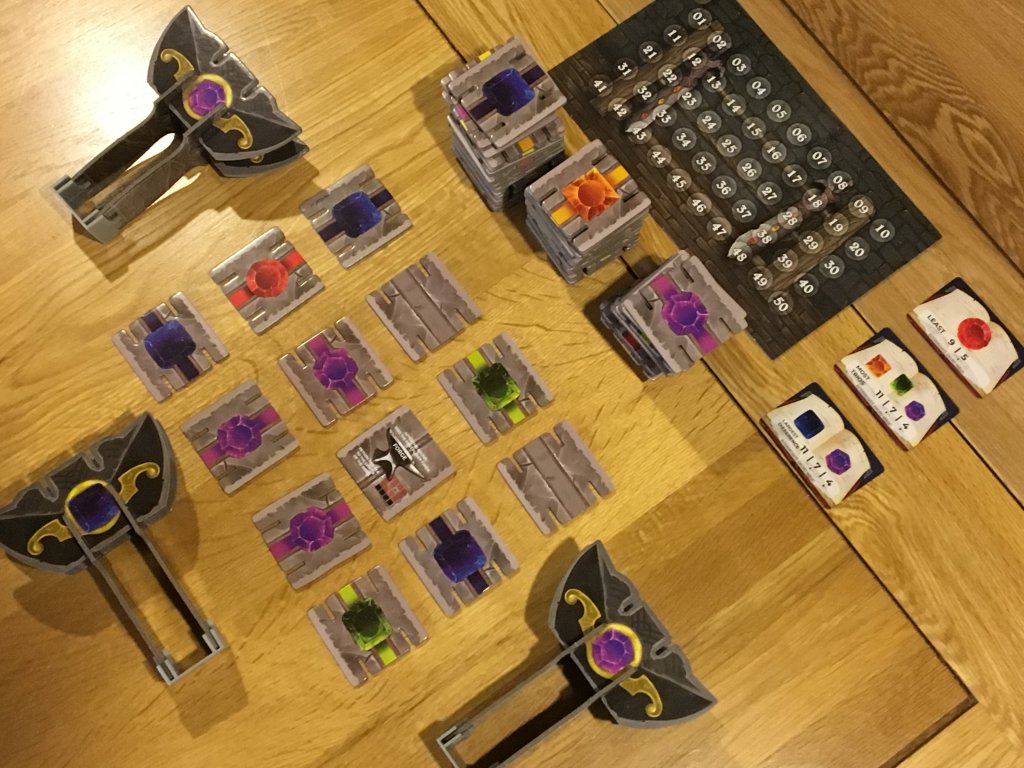
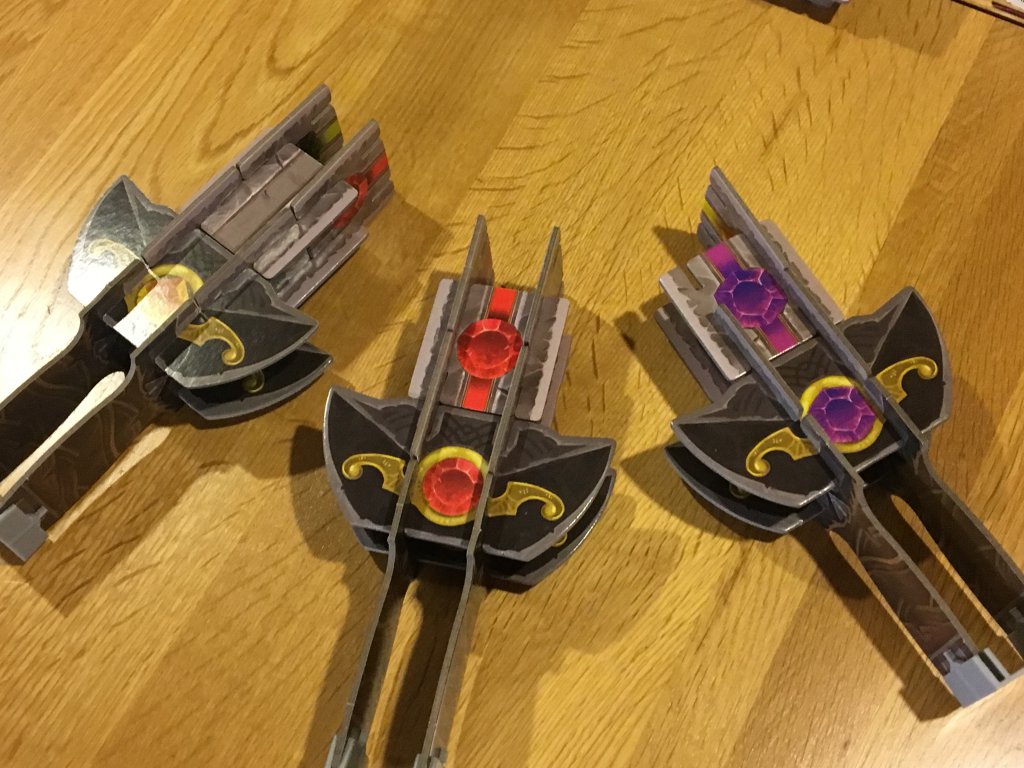
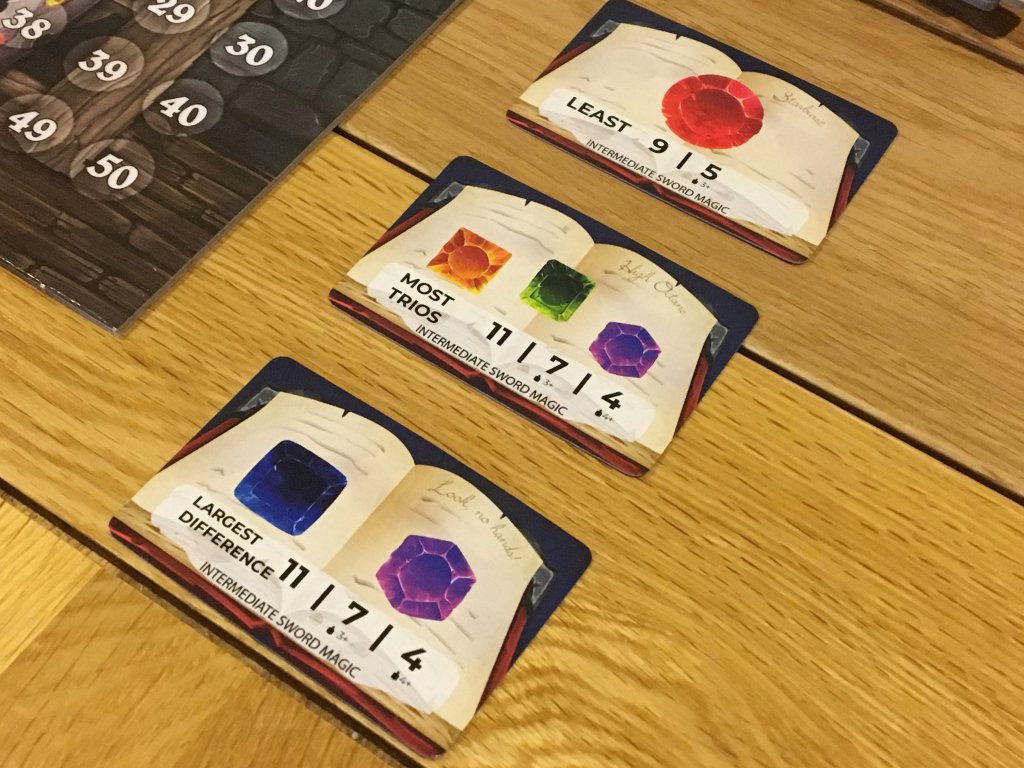
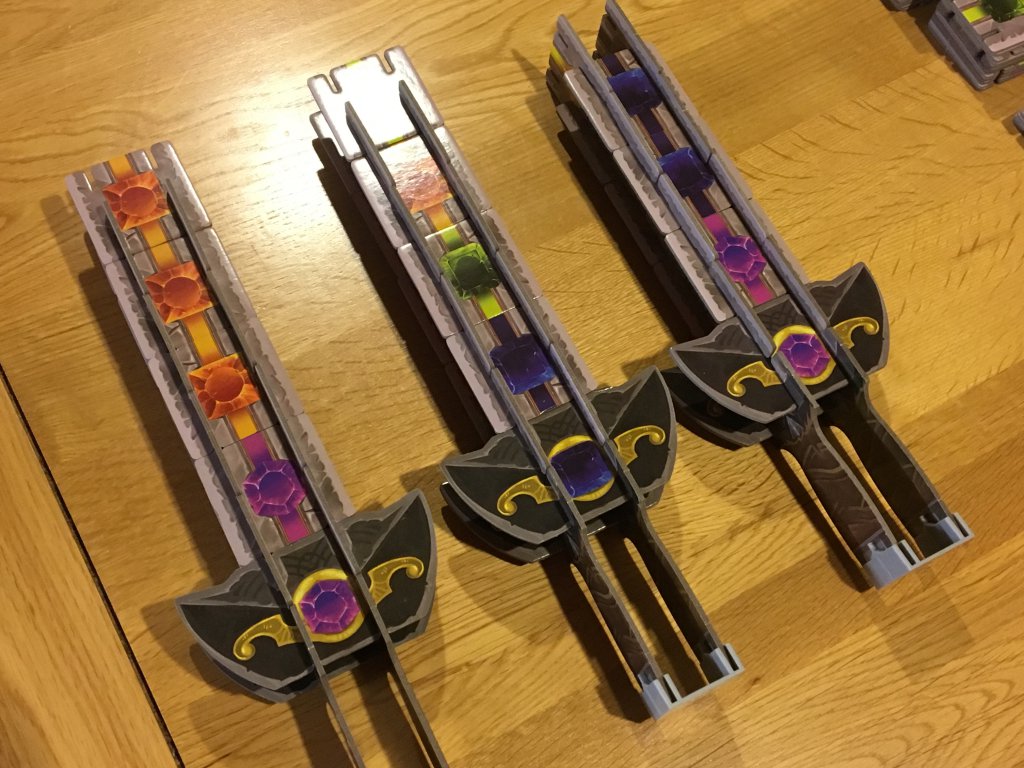
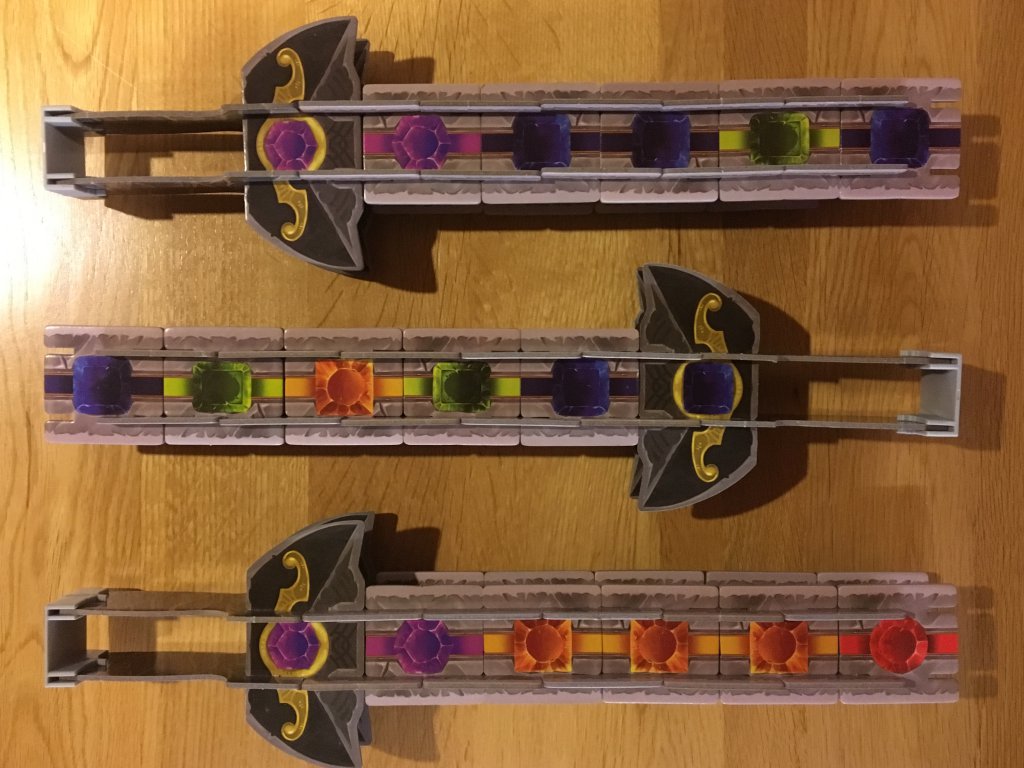
Comments are closed.